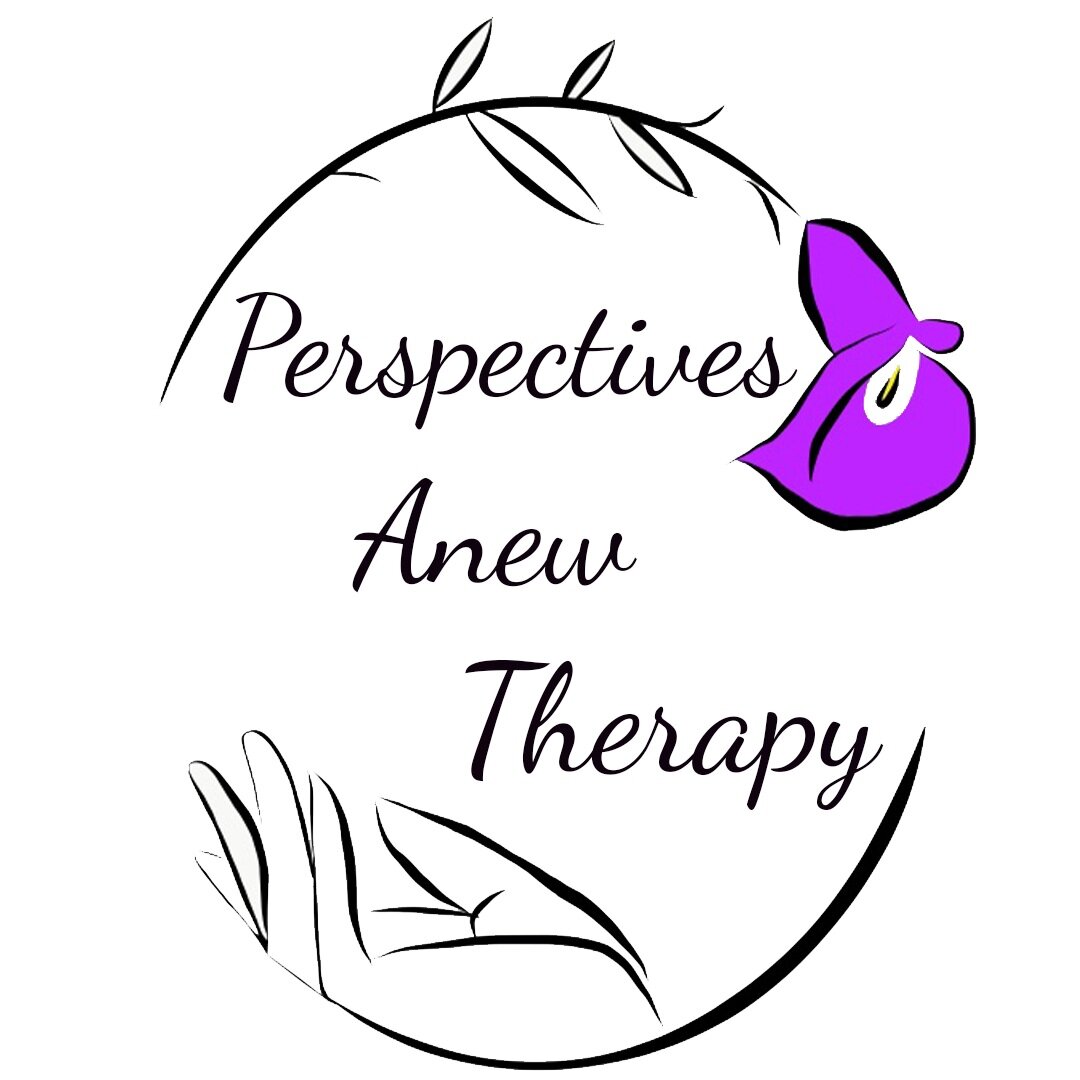The Cycle of Anxiety
Anxiety causes us to worry about an event we believe might potentially happen while trying to find ways to cope with the negatives that could follow it. This is done by paying extra attention to possible signs of a potential threat, looking internally to see if you can cope with the threat which results in noticing your anxiety symptoms, believing you cannot handle the situation, and becoming more anxious. The cycle of anxiety starts with anxiety, moves to increased scanning for danger with physical symptoms increasing, seeking a way to escape or avoid the situation, short term relief following avoidance, and a long term increase in physical anxiety symptoms, more worry, less confidence, and an increase in safety behaviors.
One of the main ways people try to reduce symptoms of anxiety and worry is by avoiding the situation all together, however this only creates more anxiety in the long run. Avoidance causes one to believe that their emotion is dangerous and should be avoided by all means necessary. By acting on these avoidance behaviors, you continue to scan the environment for signals of danger and safety which can result in an increase in anxiety and generalize to other situations. “Safety behaviors” are things such as always having an exit plan for anxiety inducing situations, relying on the security of your phone, or only doing things when people you are close to are involved. Creating and using these safety behaviors causes a dependence on them without learning that our emotions do not equal actual danger. By suppressing the emotion we are actually heightening the emotion and increasing future distress.
Reversing the cycle of anxiety looks like confronting the feared situations without utilizing safety behaviors, short term slight increase in anxiety with a decrease in physical symptoms and attention scanning, use of coping skills causing anxiety to reduce to a manageable level, and greater belief in one's ability to control their own responses. It’s important to note that fears should be gradually confronted because it will improve confidence with less feelings of being overwhelmed or unsafe. “Graded exposure,” or taking the feared situation step-by-step as opposed to fully head on is recommended. Starting with situations that feel easier to handle and then working your way up to tasks that seem more challenging show better outcomes.
Source: CCI Health
